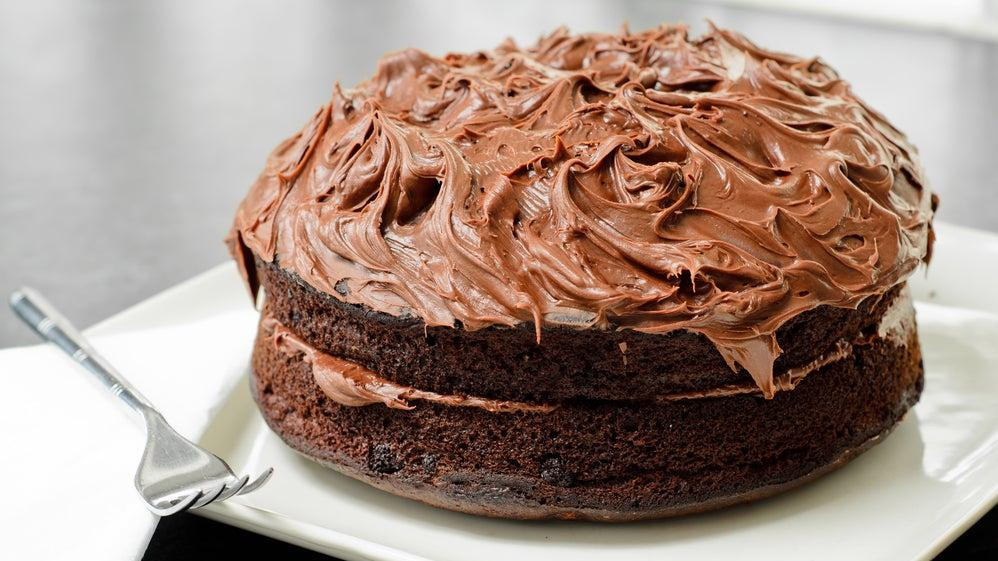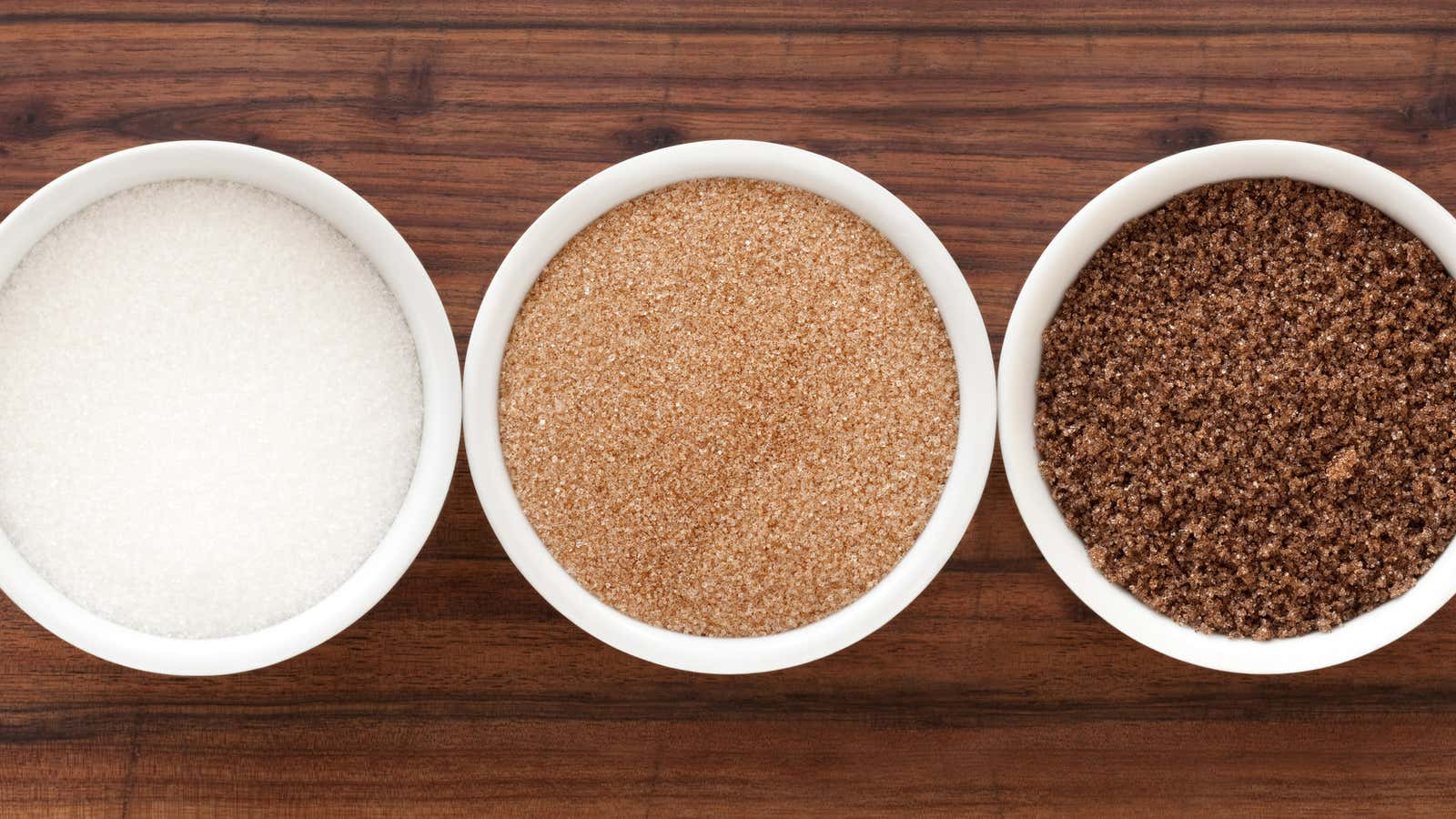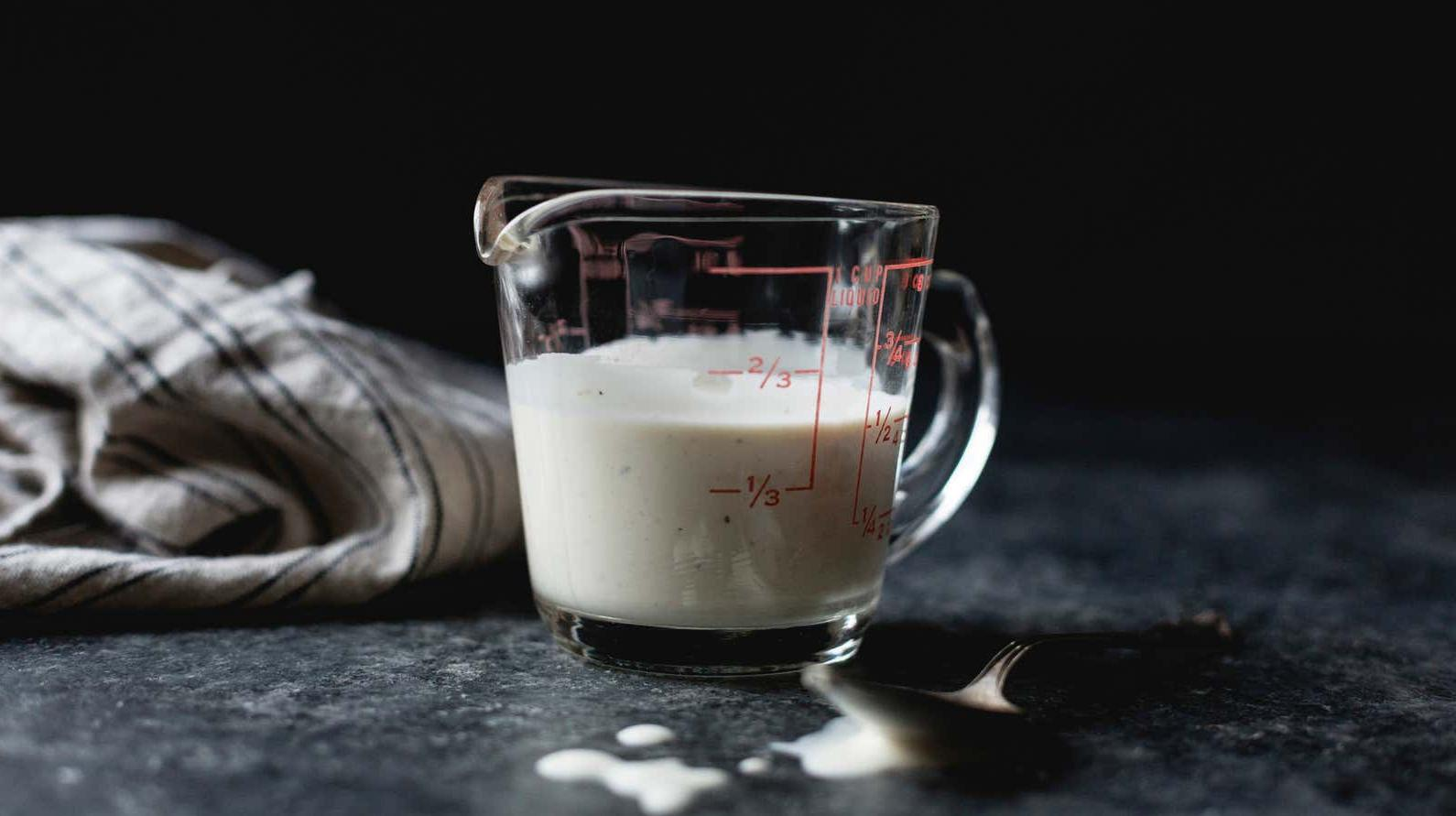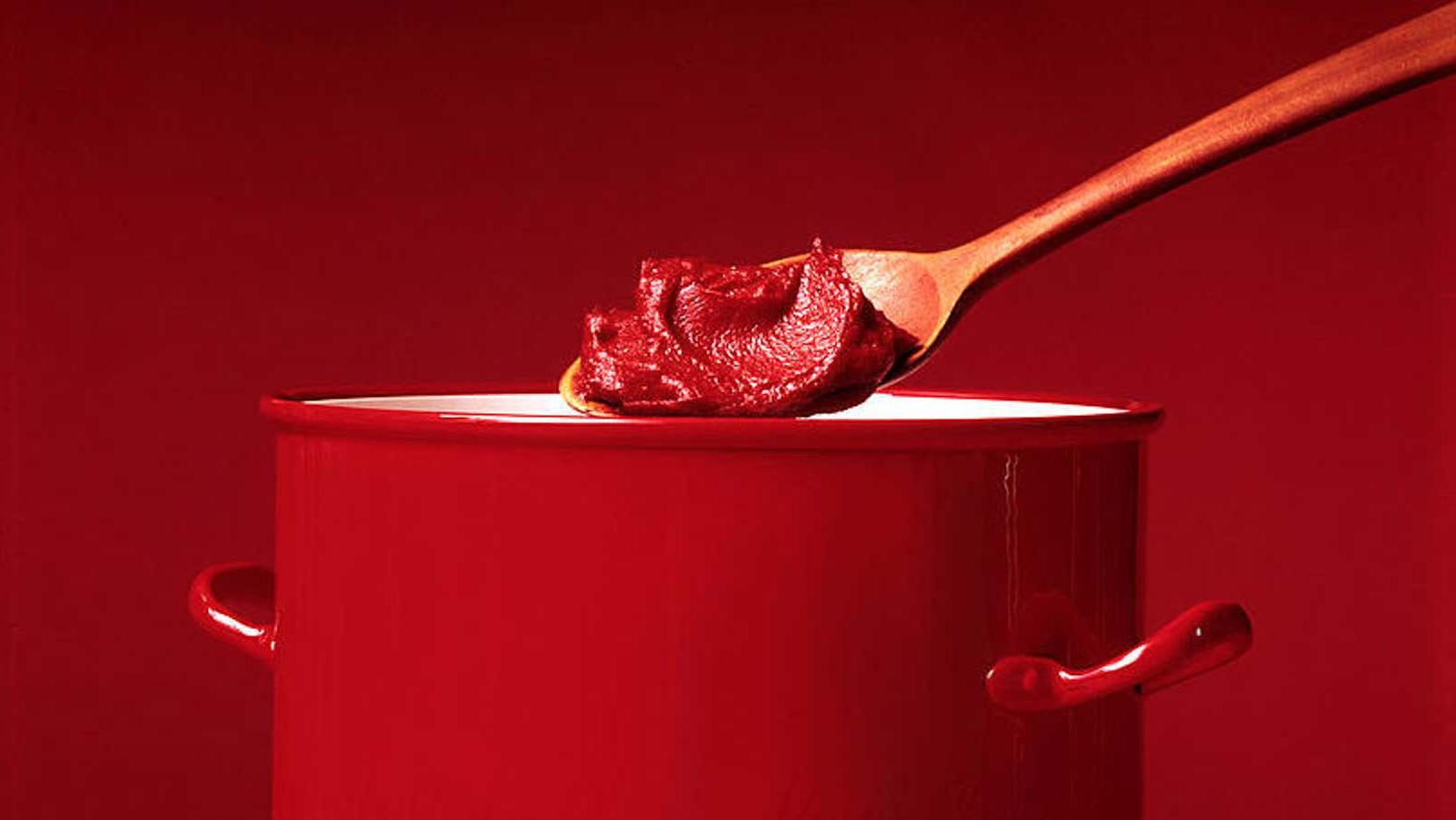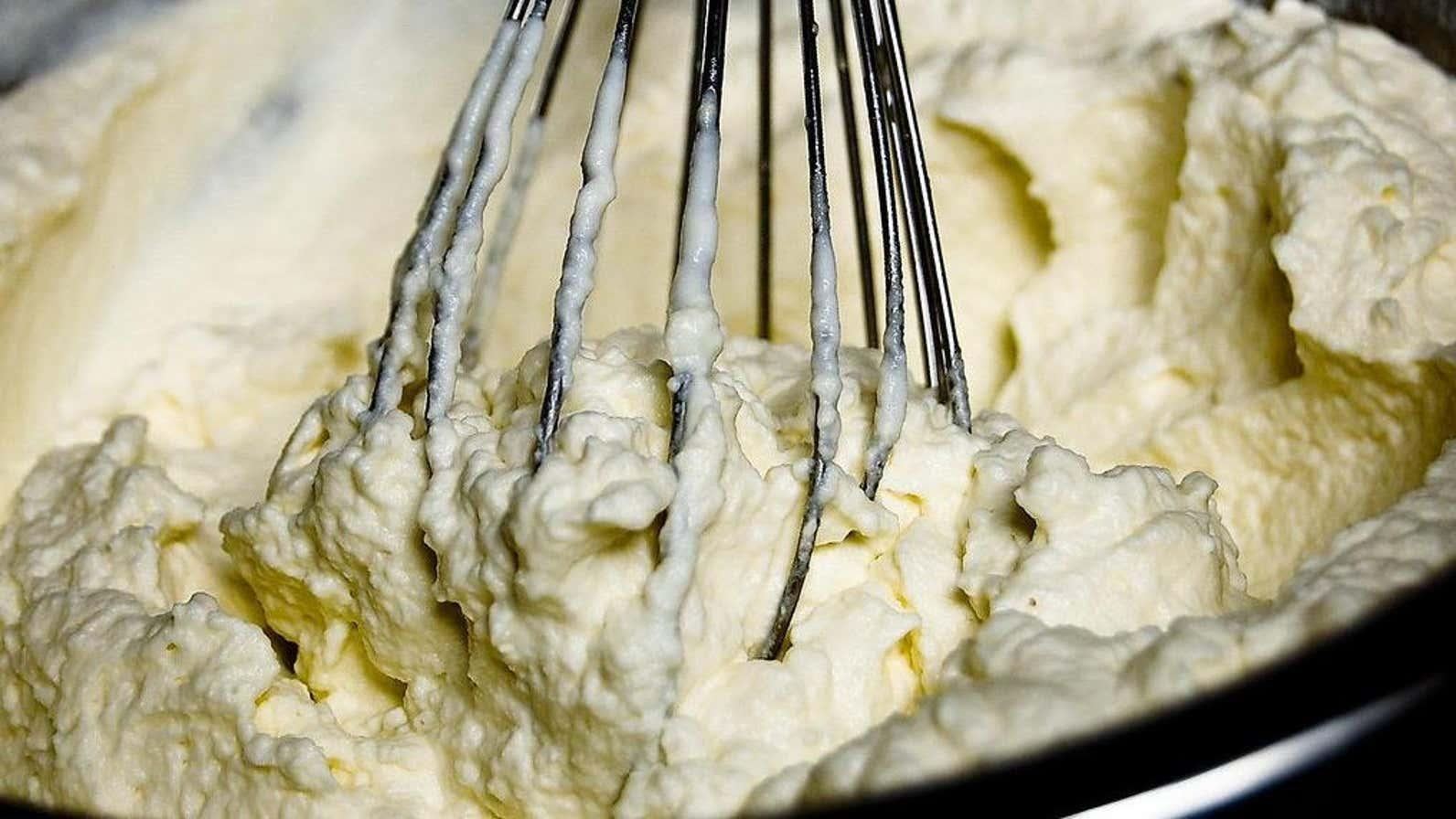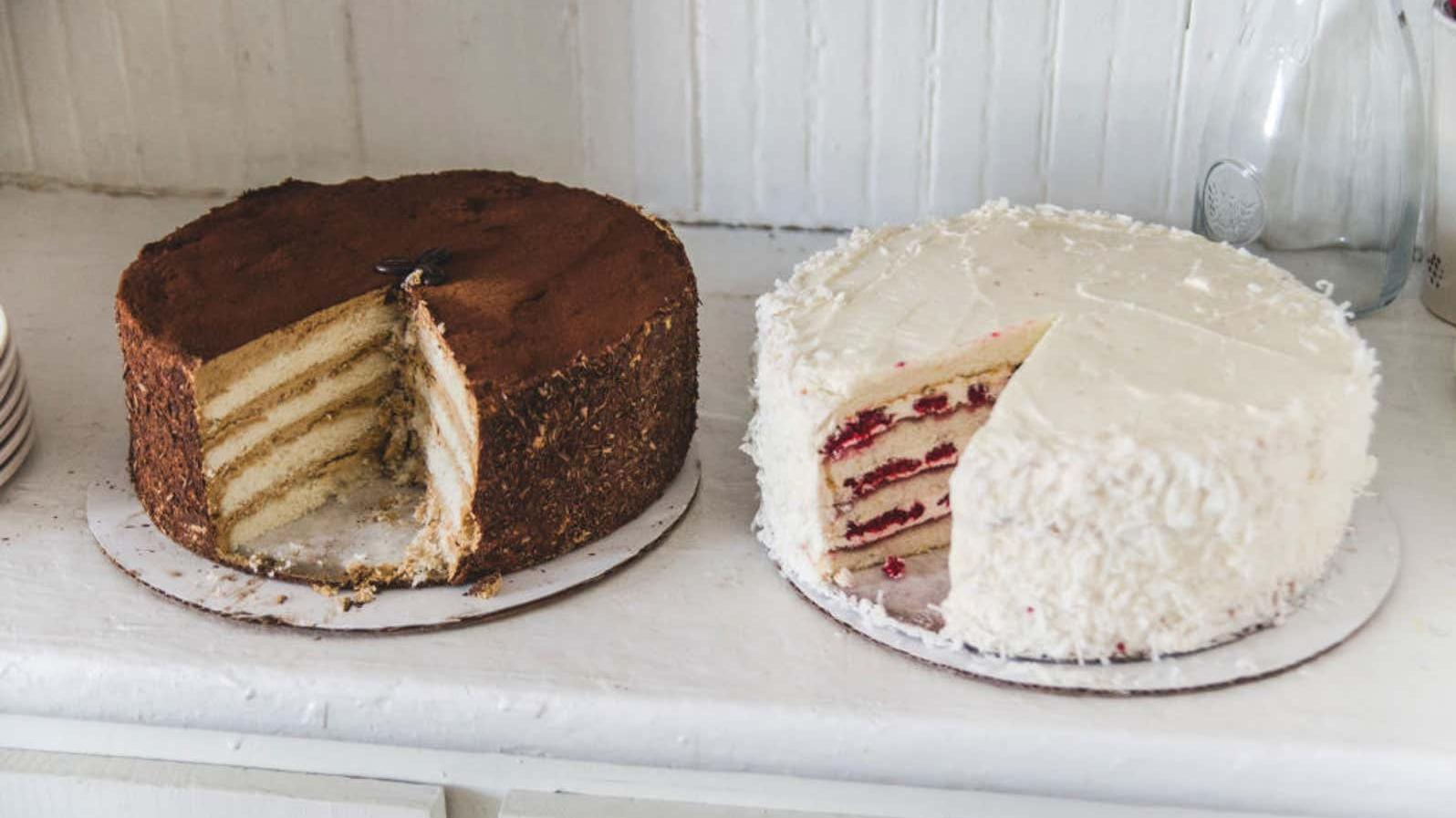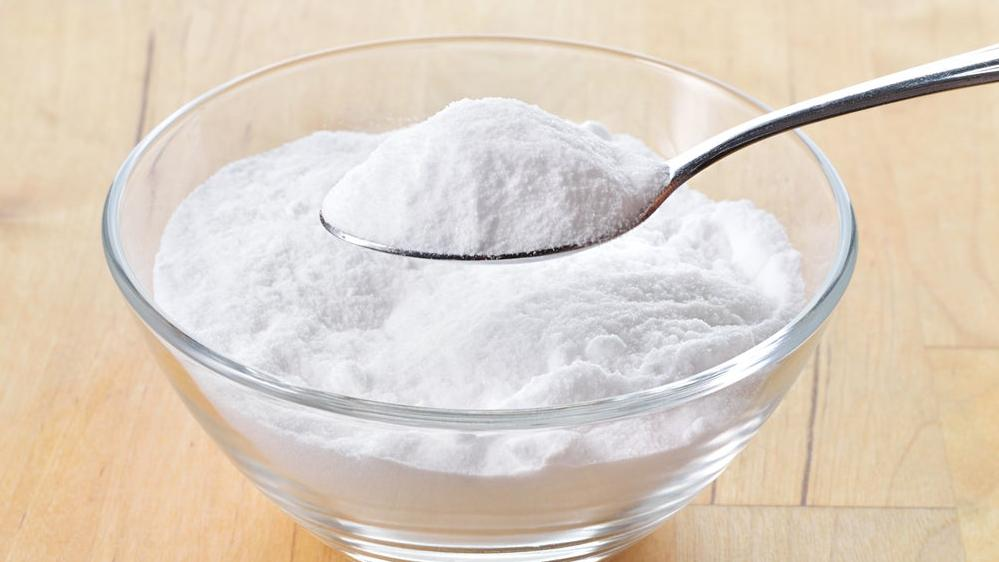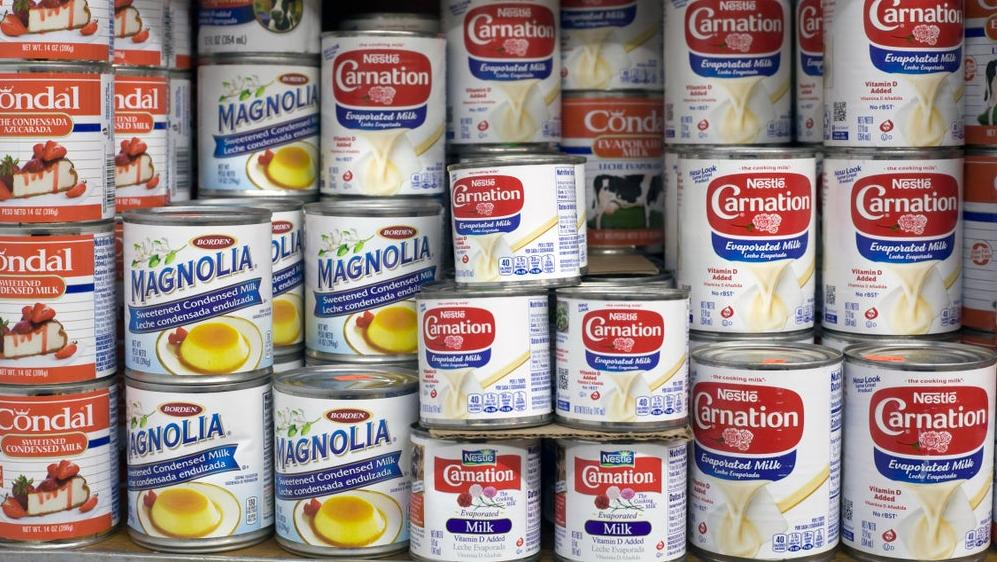7 Easy Substitutions When You're Missing A Key Ingredient
No buttermilk? Bought the wrong brown sugar? These swaps will come in handy for holiday baking.
Imagine that you're halfway through cooking an exciting new recipe when you realize you're missing just one ingredient—a potentially crucial one. An internal debate begins about whether or not that one item is worth an emergency trip to the store or if you should just scrap the whole endeavor. We know this feeling all too well, and luckily, we've got some solutions.
Whether you're cooking or baking, one little ingredient can make all the difference. Here are five simple substitutions with the power to avert potential kitchen disasters.
Brown sugar substitute
If a recipe specifically calls for either light or dark brown sugar, but you don't have the right one, you can actually make your own from other ingredients in the pantry. Brown sugar is just like white sugar, but with the addition of molasses. So, all it really takes to make your own brown sugar is white sugar, molasses, and some multiplication skills.
To make light brown sugar, take the amount of sugar the recipe calls for and multiply it by 0.04. This will tell you the amount of molasses needed, and then you mix that with white sugar. This method is easiest when thinking in terms of weight. For example, if a recipe calls for 1 cup of light brown sugar you would need to think of 1 cup as 16 tablespoons, or 48 teaspoons. Perform the math and you end up with about 2 teaspoons of molasses.
To make dark brown sugar, use the same method as above, but multiply the amount of sugar by 0.07 and add that amount of molasses.
If you don't have molasses, it's okay to simply use white sugar in place of brown, but you should add 1/4 teaspoon of cream of tartar or white vinegar for every cup of white sugar in the recipe.
Buttermilk substitute
The buttermilk substitutions you've heard before are probably wrong. Mixing milk and lemon juice together is an old trick, but that's just curdling the milk, not culturing it. The milk-and-acid substitution will lead to subpar bakes, and you deserve better than that.
The best way to substitute for buttermilk is by stirring together one part plain regular yogurt with two parts milk. Or, if you don't have plain yogurt, you can use three parts milk to one part plain Greek yogurt or sour cream. Any of these options will create the thick and tangy qualities of buttermilk better than if you used a mixture of vinegar and milk. You can thank us later for saving your bake!
Tomato paste substitute
Tomato paste shows up in a lot of recipes, and it's a tricky ingredient to substitute for because the best swap depends on how it's going to be used. Tricky, but not impossible.
First of all, we recommend buying tomato paste in a squeezable tube that you can keep in the refrigerator, not only because it keeps for a while, but it'll remind you to use this magical ingredient more often. However, if you're in a pinch and don't have that tube, you can use crushed tomatoes or tomato puree to make your own paste. Multiply the paste measurement in your recipe by five, then pour that amount of crushed or pureed tomatoes into a pan and bring to a boil. Then, let it simmer and reduce down to a fifth of its original volume. Now you've got tomato paste.
If the paste is meant to bring a savory element to your recipe, you can use fish sauce or Worcestershire sauce as a substitute. However, both of these are intense flavors that cannot replace tomato paste measure for measure, so it's best to add a little at a time and taste as you go.
To bring sweetness to a recipe, you can use a mashed, roasted red pepper (specifically Harissa). Read more about all these tomato paste substitutes here.
Heavy cream substitute
Heavy cream is an ingredient whose substitution depends on its application in a recipe.
- If you're going to whip the cream, know that whipping cream and heavy cream are essentially interchangeable, and one can be substituted for the other. Substituting heavy cream with light cream (which contains 6-18% less fat than heavy cream) will not work for whipping.
- Light cream will work as a substitute if the purpose of the cream in the recipe is simply to add richness. In mashed potatoes, for example, you can do a 1:1 swap of light cream for heavy cream.
- Evaporated milk can work as a 1:1 substitution if you're making something with a more liquid consistency, like a soup or a sauce. However, evaporated milk will not give you the results you want in baked goods, because it behaves too differently from heavy cream.
Cake flour substitute
To make things simple for you bakers in need: Yes, cake flour and all-purpose flour are essentially interchangeable. The main difference between the two types of flour are their protein content.
Cake flour has a lower protein content, which can result in a softer cake even if you overbeat the batter a bit. On the flip side, all-purpose flour has a higher protein content, which means that if you're going to use it as a substitute for cake flour, you should actually under-beat the batter to ensure the tender cake you want. You can accomplish this by beating with a mixer until the flour has been added, then mix by hand just until the batter is smooth and homogenous. So, if your recipe calls for cake flour and you only have all-purpose on hand, don't sweat it too much—just be gentle with your cake.
If your baking skills aren't able to withstand that kind of pressure, there's another substitution you can try: Replace one-sixth of the weight of all-purpose flour with a non-glutenous starch, like potato, tapioca, or cornstarch.
Baking soda substitute
It's important to note that baking powder and baking soda are not the same thing, and simply doing a 1:1 swap of one for the other in a recipe will likely ruin your baked goods.
Baking soda requires an acid—whether that's the lactic acid in buttermilk, the malic acid in applesauce, or the citric acid in molasses and brown sugar—to generate a reaction. If your recipe calls for baking soda, it is because one or more of the recipe's ingredients is acidic.
Baking powder, meanwhile, contains its own acid (usually acidic salts or cream of tartar), so it's called for in recipes where the other ingredients are pH-neutral.
If you need baking powder but only have baking soda: Mix one part baking soda with two parts of some sort of acid, like cream of tartar or white vinegar.
If you need baking soda but only have baking powder: Whatever amount of baking soda is dictated by the recipe, triple it, then use that much baking powder. (For example, if you need 1 teaspoon of baking soda, use 3 teaspoons of baking powder.)
Evaporated milk substitute
Evaporated milk is aptly named: It's simply shelf-stable canned milk that's been boiled until about 60% of its water content has evaporated. Since it's more concentrated, it's much thicker than regular milk, so it's used to add the flavor and richness of milk to various dishes like soups, sauces, and baked goods without watering them down.
If you don't have evaporated milk on hand, you can make your own by boiling down whole milk until it reduces by about two-thirds.
If you don't have any milk on hand, either, you can use either heavy cream or half and half as 1:1 substitutions for evaporated milk in a recipe. Be warned that these won't taste quite the same as evaporated milk, and they'll be richer with a higher fat content. Not necessarily a bad thing, of course, but something to be aware of.
